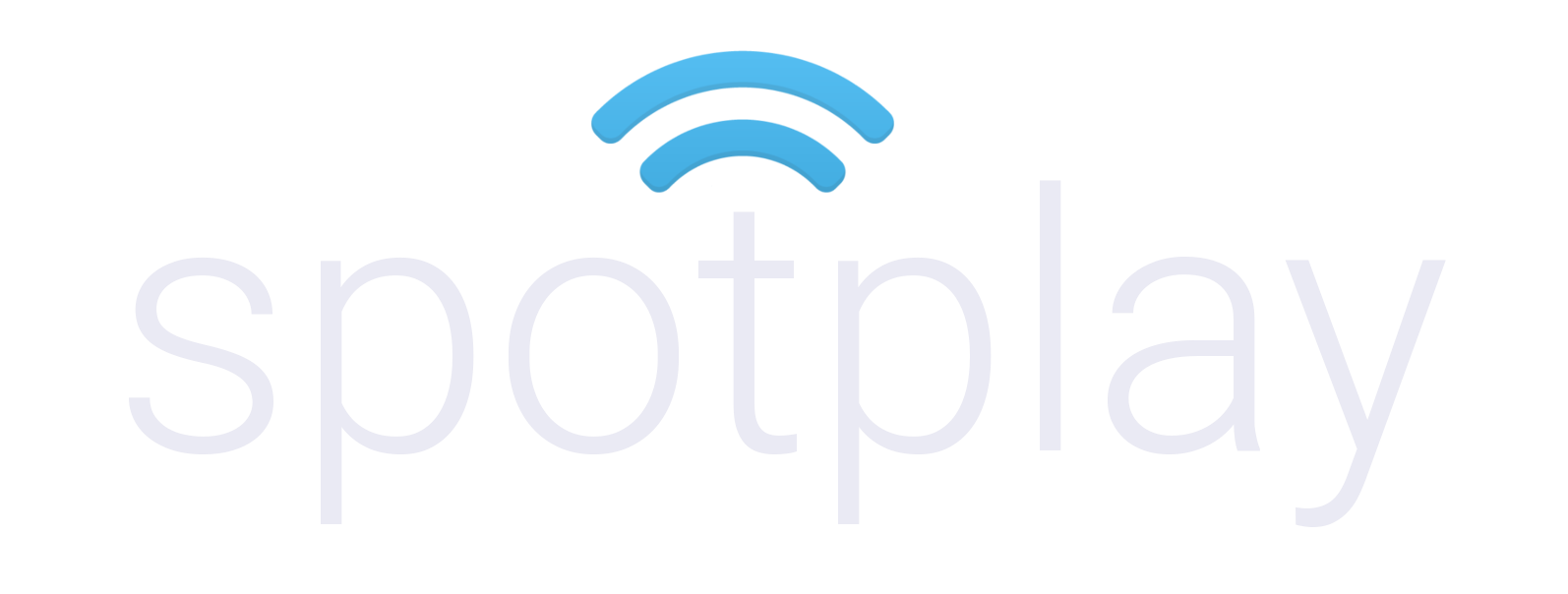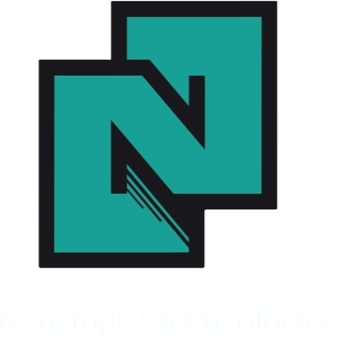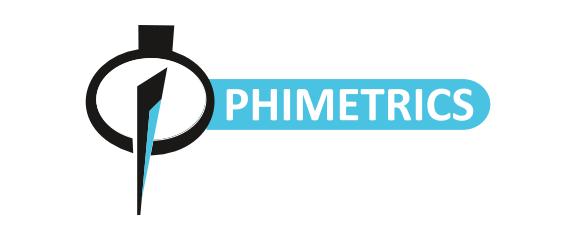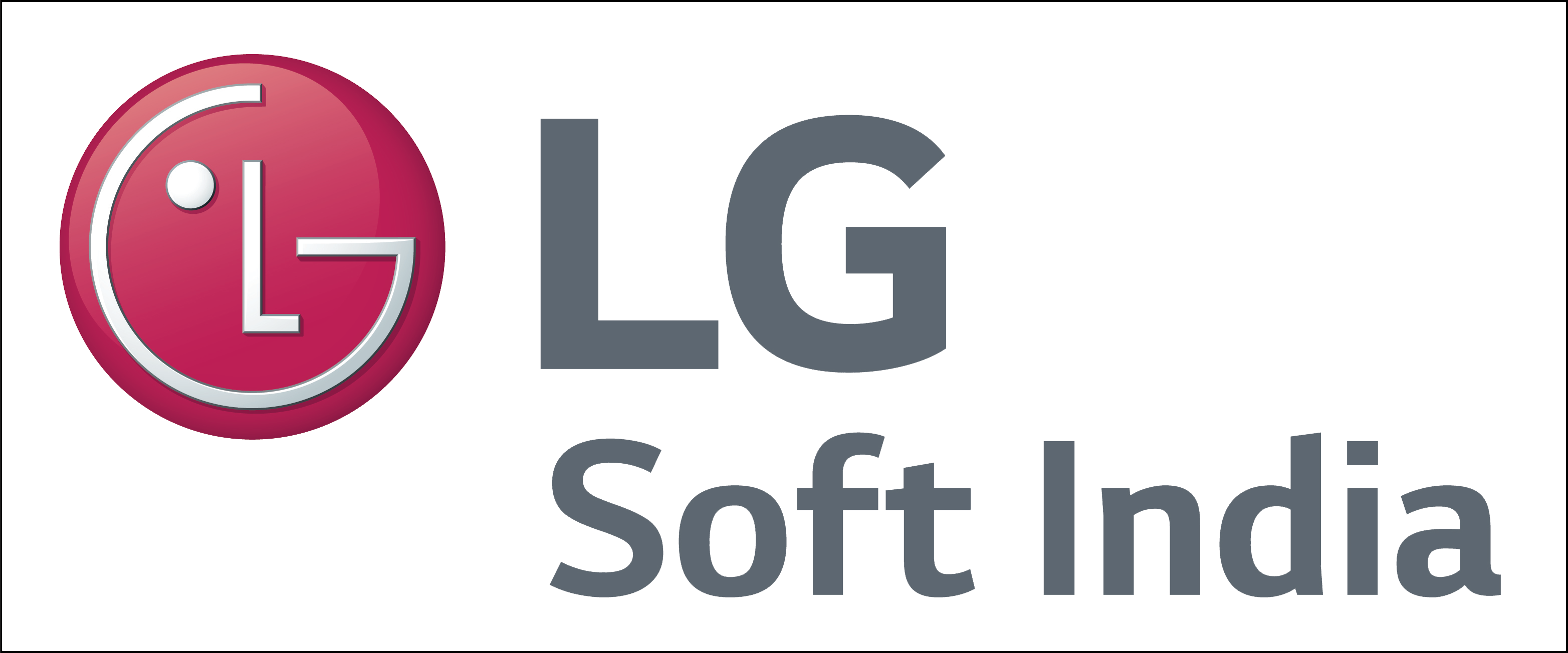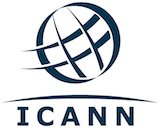Demos & Exhibits
 Demos and Exhibits Floor Plan. Click to Download.
Demos and Exhibits Floor Plan. Click to Download.
What?
We invite demos from researchers, startups and corporates that showcase cutting edge information technologies and applications thereof. Every selected start up demo will be exhibited and given ample time for audience interactions. Corporate and research demos will have the option of longer demos.Why?
COMSNETS is the premier conference in its domain held in India. This is an unique opportunity to show off your technologies and applications to an international audience that is helping build the next generation of technologies. To ensure you get the most out of the event we have the following planned:- Interactions with expert panels
- Showcase to industry partners, potential recruits and potential investors
- Media coverage during the event
- Wider outreach as part of conference proceedings
How?
Submission Categories
There are following two different submission categories i.e. research demo, and product demonstrations.
Research Demo: Research prototype with novel and clear technical contributions are invited. Authors of accepted full papers are highly encouraged to submit original demo entry.
A minimum of 3-page extended abstract of the demo that captures motivation for the problem, the solution approach, results (if any), and a brief description of the technology demonstration. The abstract should use the same template as for the conference paper submission. Abstracts which do not adhere to the conference template will be rejected without review. All submissions must be in PDF format.
All the submitted entries will go through peer-review process. Accepted and presented submissions in this category will be published in the conference proceedings and submitted to Abstracting and Indexing (A&I) databases.
Start-ups and Product Demos: Proposals to showcase products from start-up and industries are invited in this category. Submissions in this category will require a proposal outlining the motivation and the technology/use case that will be demoed. All the sponsoring organizations are encouraged to submit an entry in this category.
Where to Submit
Please submit your demo/exhibit proposal using this form.When
| Paper Submission | |
| Start up demos and product Exhibit Submission | |
| Notification of Acceptance | |
| Camera-ready Submission | |
| Event Date | 4th and 5th January (9am to 5pm) |
Registration Fee Details
| Startup and Product Demo | ₹ 5,000 |
Sponsors Demos
Enterprises are in search of real transformation to enable Digital capabilities in the way services are delivered and managing IT assets. Cisco SD-Access built on the principles of Digital Network Architecture (DNA) provides this transformational shift in building and managing networks; Faster, easier and improved business efficiency with investment protection. It enables the realization of real business outcomes instead of just managing the network. By decoupling network functions from purely hardware, SD-Access ensures policy compliance, launch new business services faster and improve issue resolution times significantly while being open, extensible and significantly reducing operational expenses. This solution provides policy-based automation from the edge to the cloud. Secure segmentation for users and things is enabled through a network fabric, drastically simplifying and scaling operations while providing complete visibility and delivering new services quickly. By automating day-to-day tasks such as configuration, provisioning and troubleshooting, SD-Access reduces the time it takes to adapt the network, improves issue resolutions and reduces security breach impacts. This results in a significant CapEx and OpEx reduction for the business.
Are you tired of users blaming the network for everything? Blaming the network for excessive onboarding times, slow-performing applications or bad weather? Or are you overwhelmed by the number of messages coming from your network devices? Or do you have better things to do with your time and money than spend at least 28% of your IT budget on troubleshooting (per Forrester)? If so, then you need to take a look at DNA Assurance. A key component of Cisco’s Digital Network Architecture is Analytics. Analytics allows you to tame the hurricane of data your network is generating, and transform this flow into meaningful information, which is then displayed as actionable-insights, to allow for faster issue identification, root-cause analysis, guided troubleshooting and-ultimately-self-remediation. Sounds a bit more like science fiction than networking reality? Then come and see how DNA Assurance (the user-interface to our analytics engine) leverages analytics to automatically identify the root causes of wireless issues, like authentication issues, RF issues, on-boarding issues, roaming issues, sticky clients and much more. Also, are you interested in answering the million-dollar triage question of “Is this an application issue or a network issue?” Then come learn about how DNA Assurance monitors applications, at the network level (by leveraging advanced hardware and software innovations), at the application level .
DevOps has started to become mainstream in enterprises whereby product features could be created in weeks and quickly deployed into production in just hours or minutes. Today, organizations adopting DevOps principles and practices often deploy changes hundreds or even thousands of times per day. In an age where competitive advantage requires fast time to market and relentless experimentation, enterprises that are unable to replicate these outcomes are destined to lose in the marketplace to the nimble competitors and could potentially go out of business entirely.
Because every business of any reasonable size is highly dependent on software and computing networks in today’s business climate, downtime is a real risk to business health. With that in mind, every organization should assess its own downtime costs based on its own business model and architecture. According to a recent report by Steven Elliot of IDC, hourly downtime costs can range from $1.25 to $2.5 billion for a Fortune 1000 firm, and the average cost of a critical application failure is $500,000 to $1 million per hour. The impact of an outage and difficulty of recovering from it are dependent on IT architecture.
This booth will showcase the architecture and the Cisco AppDynamics platform that enables Cisco IT’s autonomous IT operations with instrumentation, telemetry, automated system flow map, health rules, end-to-end business transaction visibility, alerts and automated root cause analysis of incidents in an IT service.
Social media has changed the way people interact with each other and has contributed greatly towards bringing people together. It has become an ideal platform for people to share their opinions. However, due to the volatility of social networks, a negative campaign or a rumor can go viral resulting in severe impact to the community. In this paper, we aim to solve this problem of stemming the flow of a negative campaign in a network by observing only parts of the network. Given a negative campaign and information about the status of its spread through a few candidate nodes, our algorithm estimates the information flow in the network and based on this estimated flow, finds a set of nodes which would be instrumental in stemming the information flow. The proposed algorithm is tested on real-world networks and its effectiveness is compared against other existing works.
The team will showcase InnAccel’s current product portfolio in emergency medicine and critical care (VAPCare and Saans) and in obstetrics (Fetal Lite). The team will present their research conducted (AIM Program - funded by The Lemelson Foundation) in identifying unmet clinical needs in India in these areas.
Over 50% of India’s workforce depend upon agriculture (and allied sectors) for their livelihood. The Indian government has set a goal of doubling farmers’ income in five years. Increasing agricultural productivity is key to raising GDP growth in India, as well as lifting millions of people out of poverty. Digitization, mobile and cognitive technologies have the opportunity to play a pivotal role to enable this future. Farm productivity is a function of taking the inputs (land, seeds, fertilizer, water, credit, insurance, mechanization & labor) to produce a high level and quality of the chosen crop. Interestingly this is as much a problem of lack of the right insights at the right time. Precision agronomic insights on how to combine these input factors, and minimize other risk factors (eg: pest, disease, severe crop loss due to weather) have the potential to significantly raise productivity. At IBM Research – India, we are combining multiple global satellite based information sources to compute agronomic insights at sub-acre level. IBM Research’s PAIRS platform is used to ingest, curate and manage big data, and build analytical layers. We also enhance the quality of the data to overcome cloud-occlusion during the Indian monsoon seasons using machine learning techniques and fusing multiple information sources. These precision insights are then being delivered to low-end smartphones (costing ~$50) to the farmers and agronomists on the fields. Farmers can now tap the rich remote sensing data, and sophisticated output of cognitive analytics to get predictive insight on their farms at the right time to manage scarce groundwater-based irrigation, optimize the timing/amount of fertilizers & pesticides for the right part of their farm, and time their harvest to maximize produce, and minimize wastage. Our platform is scalable to the globe, and can provide insights to millions of farmers. Further, we are also fusing remote sensed with parsimonious locally sensed IoT data (eg: soil moisture sensors, local weather stations etc) to get even more precise insights. Watson IoT platform collects and curates the data from multiple sensors. Given the economics of agriculture in India, we are driving for parsimonious local sensing to complement a scalable remote sensing strategy. This demo will cover few use cases specific to India/SA.
Despite the ubiquity of traffic cameras, their applications in city-scale analytics remain limited. Existing techniques to estimate traffic speed rely on expensive hardware attached to traffic cameras to measure vehicle speeds. We present a completely automatic technique which leverages deep learning to measure vehicle speeds and on-ground distances using off-the-shelf RGB cameras, thus enabling large scale analytics of traffic video data.
The world is getting urbanized. While urban life offers a host of benefits, the high density of people living poses its own challenges, in terms of all inclusive, efficient, collaborative and intelligent engagement with the various city services and infrastructure. These challenges are from multiple individual domains and increasing from multiple overlapping domains. To address these challenges, the term “Smart Cities” collectively refers to these challenges and various approaches towards solving them. While governments all over the world have invested in implementing ICT to deliver efficient citizen centric and sustainable services to the citizens, TCS defines a Smart City as a citizen-centric and inclusive city, fostering an sustainable environment where all stakeholders enjoy a high Quality of Life using city resources optimally using technology. Concepts such as real-time monitoring of assets, participative governance, Citizen co-creation, sharing economy, Open Data, and influencing citizen behavior promise an exciting world of possibilities, and can be a social disruptor in the way we experience our touch points with government and other services in a city. To deliver a superior next generation of citizen engagement, one needs multiple building blocks - An interoperable data model, various types of citizen sensing, and using which a life-long engagement platform can be delivered. TCS will demonstrate some of these concepts through - Data Hub, citizen engagement platform, and also take one citizen segment of Elderly and show how these concepts can be put together into an Assisted Living solution for Wellness
The standard approach to securing data centers has emphasized strong perimeter protection to keep threats on the outside of the network. However, this model is ineffective for handling new types of threats including advanced persistent threats and coordinated attacks. What’s needed is a better model for data center security: one that assumes threats can be anywhere and probably are everywhere, then acts accordingly. Micro-segmentation, powered by VMware NSX, not only adopts such an approach, but also delivers the operational agility of network virtualization that is foundational to a modern software-defined data center.
VMware Cloud on AWS brings VMware’s enterprise class Software-Defined Data Center software to the AWS cloud, and enables customers to run any application across vSphere-based private, public and hybrid cloud environments. It is operated, managed and sold by VMware as an on-demand, elastically scalable service and customers can leverage AWS services in storage, databases, analytics and more.
It’s a multi-cloud world, and OpenStack is an important part of the mix. From the datacenter to NFV, due to the richness of its vendor-neutral API, OpenStack clouds are being deployed to meet needs of organizations needs in delivering public cloud like IaaS consumption in a private cloud data center.
The 5G demo will give a glimpse of services offered by 5G covering enhanced mobile broadband, mission critical services, and IoT and the key techniques that help meet the very different requirements of these services. The virtual reality demos will showcase two technology elements: 1) real-time content creation on snapdragon platform, and 2) inside-out tracking for VR HMDs.
Startups Demos
Speaker: Pranav Vishwanathan
NetSim is a leading network simulation/emulation software used for research and development by 300+ customers across 15 countries. NetSim features an extensive set of protocol libraries including 802.11 a/b/g/n/ac, 802.15.4 based WSNs, IOT, 802.22 Cognitive Radio, LTE/LTEAdvanced, MANET, VANET, IP, TCP and a variety of application models. An easy to use GUI enables users to create network designs and set properties. NetSim provides an animator to visualize packet flow, tabular and graphical view of throughput, delay, loss, utilization etc. A detailed packet and event trace is also available. Researchers can develop their own protocols/algorithms by modifying NetSim's source C code. NetSim also interfaces with other software such as MATLAB, SUMO, Wireshark etc. While NetSim simulator is virtual, NetSim Emulator enables users to link NetSim to live applications running on real devices allowing live traffic to flow via the emulator and experience network effects.
Speaker: Santosh Kumar G and Sai Krishna MVM
SpotPlay is a patent pending technology that converts your hard-disk to wireless access device
Speaker: Sumit More
Effectively managing the 24 hours of the day has been the target of calendar management Apps that we see on many hand-held devices today. We have witnessed seamless integration of the intelligent bots like Apple Siri, Amazon Alexa and Google assistant into our day-to-day lives over the past 2-3 years. With the help of latest technological advancements (including machine learning, location cognisance etc.) in the field of computer science, we have built an integrator platform to make time management more efficient, effective and meaningful. We introduce “Rei”, a knowledge companion which channels the feeds from various social handles (Facebook, Meetup, Yelp, etc.) of the user, and create semantically meaningful calendar events.
Speaker: Himanshu, SivaTeja
The demo will showcase our solution's ability to analyze thermal images and generate real-time report of medically interpretable parameters. Our solution automatically analyzes 400,000 temperature values per patient across 50+ parameters to look for signs of suspected malignancy.
Speaker: Kuldeep Yadav
VideoKen is a social learning platform that helps organizations deliver personalized learning at scale. It enables enterprises to curate and utilize freely available high-quality videos for organized training, leading to improved quality at lower cost. VideoKen's patented AI algorithms and technology enables deep video search, indexing, curation, recommendation, and sharing capabilities. For instance, learners can skim through a large amount of instructional content by using automated generated Table of Content (ToC) and Phrase Cloud (PC). They can also quickly find interesting sections of a video and clip interesting parts of public videos to create powerful personalized video-based learning content.
Speaker: Tej Pochiraju
At IoT Ready, we are deeply engaged with startups and corporates that care about sustainability. We use cutting edge technologies such as sensors, wireless communications and machine learning to enable product first companies make the IoT transition effortlessly. The demo will feature one of our portfolio projects - details to be confirmed.
Research Track Demos
Speaker: Rakshit Ramesh, Srikrishna Acharya, Vasanth Rajaraman, Arun Babu, Ashish Joglekar, Abhay Sharma, Bharadwaj Amrutur, Prashant Namekar
A smart city, like every living organism has a backbone, through which it facilitates data exchange between sensors and actuators. In some sense, it allows for interoperability of the various functional units, a different kind of sensing enables a different kind of actuation. We're working on developing such a middleware and demonstrate it's functionality through streetlighting in our test bed. We also show how a siloed approach(where a solution is vertically aligned, disallowing interoperability) can be broken and allow for wider integration and bring about interoperability in a true sense.
Speaker: Sanat Sarangi, Vinayak Naik, Swagatam Bose Choudhury, Prachin Jain, Vinay Kosgi, Rahul Sharma, Prakruti Bhatt and Srinivasu P.
Precision sensing through IoT plays an integral role at various stages of crop cultivation to measure the ambient environment and take appropriate action to maximise yield. For IoT to become pervasive, deployments on the farm have to overcome multiple limitations around cost, connectivity, and flexibility. The solutions have to be affordable to justify their value, be transparent to flaky connectivity in remote areas, and suit the sensing modalities associated with different crops. We have developed a portable IoT platform on the edge involving a mobile and a configurable sensor node, which allows us to locally address contextually relevant sensing needs of the farmer. Integrated with a digital farming platform on the cloud, our edge platform helps us to effectively create machine learning based solutions for the farmers in poor connectivity and computing environments. We showcase a case study where our platform interfaced with a soil moisture sensor is used to optimise the use of water.
Speaker: Rahul Gore, Himashri Kour and Mihit Gandhi
The smart factory integrates industrial internet of things, artificial intelligence, machine learning and machine to machine communication with existing manufacturing process. The smart factory advances have resulted in reducing human effort by transferring the significant portion of decision making to machines. It is highly challenging to track and manage assets spread all over factory on daily basis. Multiple personnel like maintenance, engineering personnel, operators, auditors need to visit the factory premises multiple times, to identify a particular asset or group of assets. The manual effort involved in asset or area identification is significantly high. The paper presents Bluetooth beacon based asset identification and information system for assets within factory area. BLE beacon technology transforms the assets into smart assets that can describe their information automatically whenever a user mobile comes in vicinity of asset. The smart assets through technology driven automation enable the smart factory solutions.
Speaker: Thomas Valerrian Pasca Santhappan, Himank Gutpa, Sumanta Patro, Bheemarjuna Reddy Tamma, and Antony Franklin
LTE Wi-Fi radio level interworking is proposed by 3GPP and the interworking is realized at IP and PDCP layers. The challenges associated with radio level interworking architectures such as reliability, fine granularity in steering, and minimizing out-of-order packet delivery are not well addressed by IP and PDCP layer interworking architectures. LTE Wi-Fi RLC level integration architecture (LWIR) is a promising solution which not only address the problems associated with interworking architectures but also improves the interworking benefits significantly. We have designed and implemented LWIR prototype using OpenAirInterface (OAI) as LTE network and Cisco Access Point/Atheros device with Hostapd as Wi-Fi interface. In this demo, we present the aggregation benefits of using LWIR at byte level steering across LTE and Wi-Fi links.
Demos & Exhibits Chair

Niyati Chhaya
Adobe Research, India


















